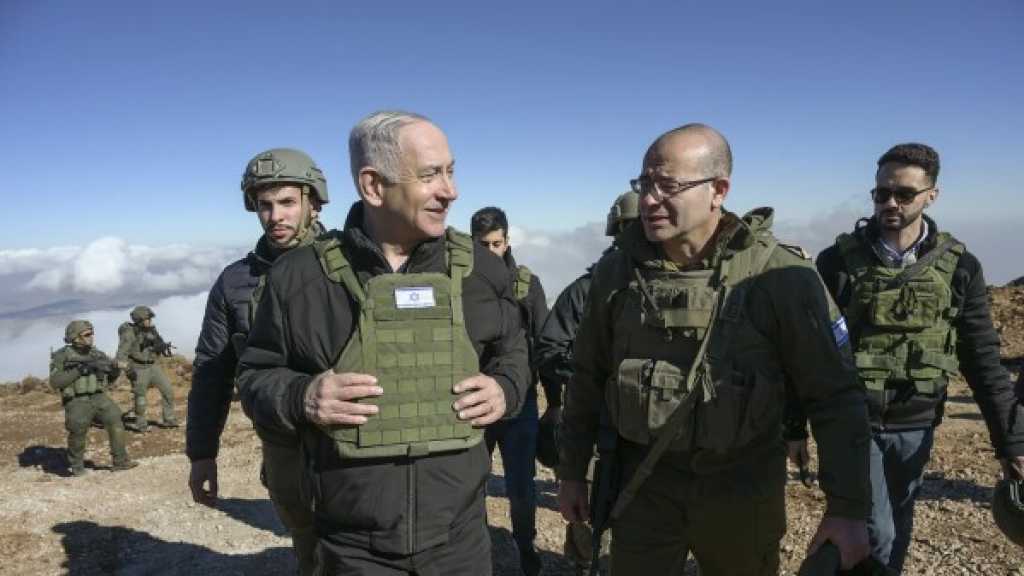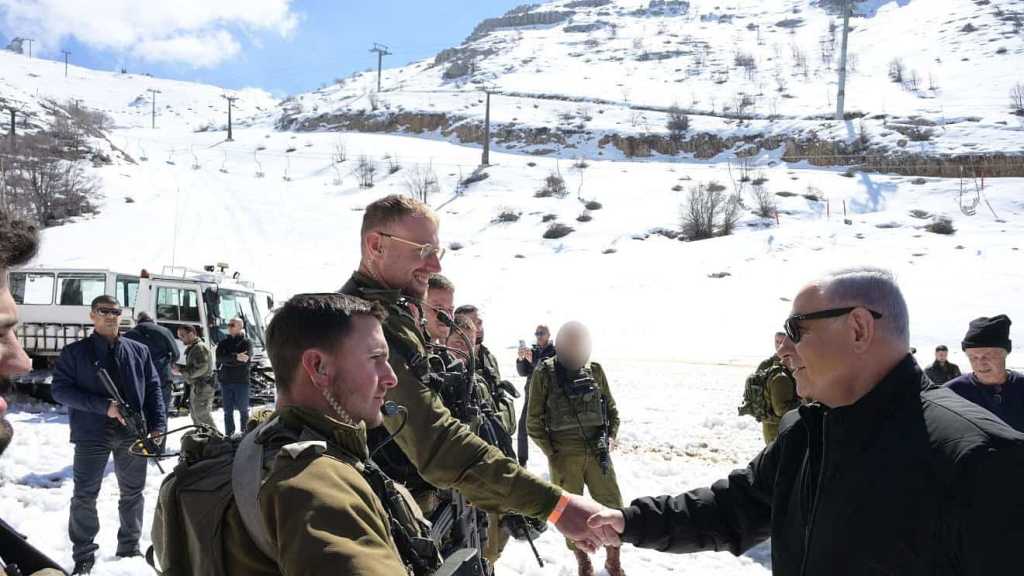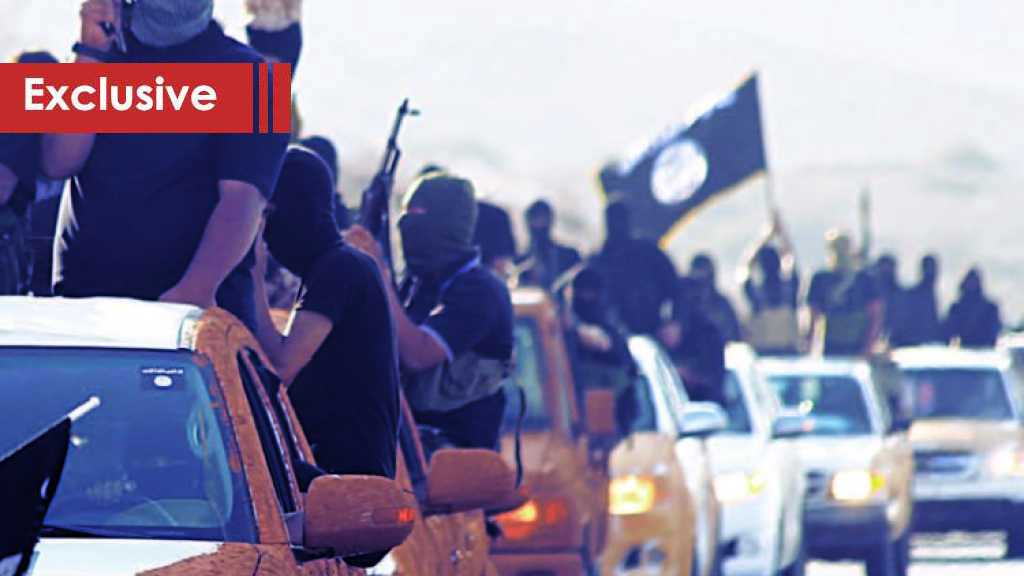Where Did Hezbollah Get All the Missiles From?

By Ali Oubani
Lebanon – For 75 years, the Zionist enemy has sought to maintain its security and military superiority. It has armed itself with the latest technologies and weapons, with all Western defensive and offensive warfare systems placed at its disposal. This ensures it remains at the forefront, intimidating neighboring countries with its arsenal and frustrating any Arab and Islamic liberation intentions. The strategy aims to prevent these nations from considering the reclamation of their militarily occupied lands, leaving them with only one option – surrender, which it calls “peace”. The goal is to compel submission without conflict, allowing it to win battles and wars through psychological and media warfare without firing a single bullet.
This quest for superiority required the enemy to not only strengthen and constantly update its military and security capabilities according to annual assessments of potential challenges but also to implement a counter-strategy. This strategy's permanent objective was to prevent Arab and Muslim countries and resistance organizations from acquiring what it termed “balance-breaking” weapons – armaments that could alter the equations and present existential strategic dilemmas for “Israel”.
To this end, the enemy consistently worked on neutralizing Jordan and Egypt from the conflict through peace agreements, while engaging other countries in American-led normalization plans to integrate “Israel” within the Arab environment. It also sought to fragment other nations through seditious plots disguised as the “Arab Spring”, aiming to deprive them of their vital and strategic capabilities and distance them from the conflict. The goal was to distract these countries with internal issues and deadly power struggles.
These actions enabled the enemy to reinforce its presence and smoothly penetrate most countries. Some have become dependent on American aid and political and economic considerations, disconnecting them from supporting the nation's primary issues, most notably the Palestinian Cause. Many Arabs have abandoned this cause, leaving it vulnerable to repeated attacks, settlement expansions, displacement and attempts at final elimination. The Palestinian Cause has found no supporter on its borders except for popular resistance movements that emerged from the crucible of occupation, persecution and the brutal wars waged by the enemy throughout its usurping entity's existence. These movements have led, alone, support fronts to aid Gaza and Palestine.
One of these open conflicts was launched by the enemy's army following its defeat in Lebanon in 2006. Dubbed the "Battle Between Wars", it aimed to prevent the Lebanese resistance from rebuilding its capabilities and acquiring a missile arsenal that could replicate the surprises of the July War – a conflict that shook “Israel’s” internal front and contributed to cementing its historic military defeat.
Despite the prolonged duration of that campaign and the repeated attacks targeting suspected sites of long-range missile manufacturing or transport, evaluating the success or failure of that "campaign" in achieving its goals has become urgent today. This is especially pertinent nearly a year after the Al-Aqsa Flood Operation and the launch of the Gaza Support and Victory Front led by Hezbollah to confront the enemy on the northern front.
The enemy's media has recently been replete with testimonies and confessions about the Zionist army's failure to achieve the goals set for the battle between wars. A few days ago, Yossi Yehoshua, a military analyst for "Yedioth Ahronoth", acknowledged this failure, stating: "The battle between wars tried to reduce Hezbollah's capabilities. It may have created such an impression, but that was a drop in the ocean. Over the years, Hezbollah became more powerful, and in 'Israel' there was an illusion, as if nothing had happened."
The same newspaper was compelled to admit that Hezbollah had received sufficient weapons despite hundreds of attacks. It echoed what Hezbollah Secretary General His Eminence Sayyed Hassan Nasrallah had repeatedly announced – that whatever was supposed to arrive in Lebanon had indeed arrived.
This enemy confession is a clear admission of its military failure. While it served to prove the Resistance Leader's claims, it also came nearly a year after Hezbollah launched the Gaza support front from Lebanon. Since then, Hezbollah has carried out thousands of daily operations, including launching various types and models of missiles and drones. These actions have conveyed clear military messages, establishing new equations and forcing the enemy to constantly threaten to expand the battle.
The question arises: if the enemy has actually met its goals in the battle between wars, how did Hezbollah acquire all the missiles it launches daily with such accuracy?
If the enemy is so confident of winning the battle, why does it persist in threatening to strike Hezbollah's missile arsenal?
If the enemy has truly hindered Hezbollah from building its military capabilities, where did all the Hodhod drones come from? And what about Imad-4 along with all its guided missiles, still hidden in Hezbollah's underground arsenals, awaiting Sayyed Nasrallah's command to be launched at the appropriate time?
The enemy has consistently fallen into the trap of its own contradictions and its leaders' verbal missteps. This occurred recently when it unwittingly disclosed its failure by reporting the targeting of 7,000 missile platforms, describing it as a "preemptive strike" preceding Hezbollah's response to the assassination of its leader Sayyed Fouad Shokor. If this is indeed the case, where did all these platforms the enemy claimed to have targeted come from, considering its assertion of success in its war between wars?
How can we reconcile the talk of achievements in the "battle between wars" with Hezbollah's daily accumulation of military accomplishments, pushing the enemy into a strategic dilemma represented by its loss of control over its entire northern region – a reality echoed daily in the protests of settlement officials and those fleeing from them?
From a military perspective, Hezbollah has achieved significant strikes, most notably targeting the "Galilot" base near “Tel Aviv”. Doesn't this convey a message to the enemy that Hezbollah is potentially employing a new weapon, represented by the launch of long-range guided drones? Does it then make sense to claim that the enemy has eliminated Hezbollah's arsenal while its drones are traversing the suburbs of “Tel Aviv”?
Over the course of a year of support fronts, the enemy's attempts to conceal its failure in the longest "battle between wars" against Hezbollah appear futile. In fact, daily incidents and testimonials from the enemy's media and leadership prove otherwise. The enemy must now acknowledge its complete inability, not only to prevent the accumulation of Hezbollah's guided missiles and drones – as they have already received ample supplies and may continue to do so – but even to confront them preemptively or intercept them promptly. This places its already insecure internal front in the face of a "balance-breaking" challenge that is difficult to confront.
What good, then, will it do if the enemy's leaders persist in issuing threats of war?
Comments




